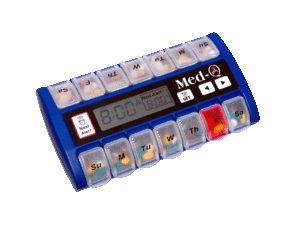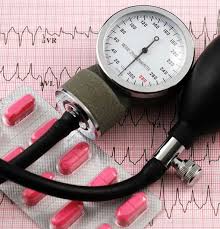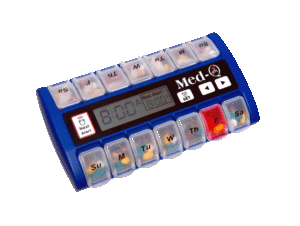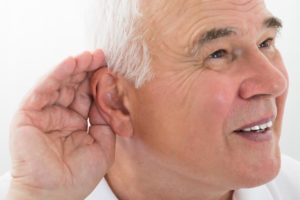The early symptoms of Parkinson’s disease can start showing up decades before people are diagnosed with the condition. These warning signs can be helpful early clues that ought to be brought to your doctor’s attention. The Other symptoms that develop later in the disease are more obvious. These Parkinson disease symptoms are the warning signs of disease progression. Early diagnosis may be treatable or manageable. If you or a loved one have Parkinson’s or are at risk for developing it, it’s critical to look for these early symptom.
Starting to experience tremors in your hands
 Having tremors (shaking) in your hands is a big warning sign. Especially true if they are trembling when at rest. In fact, probably the most common symptoms from Parkinson’s disease. Women have a higher likelihood of experiencing tremor then men as their first symptom.. Usually, the tremors start in a hand or just a fingers or two. Some have the shaking on only the left or right side of the body. You may develop pill-rolling tremors . Pill-rolling tremors are resting tremors that appear as if they are rolling a pill or other small object between the thumb and index finger. This type of tremor has strong links with Parkinson’s disease. Research has shown that approx. 70% of people experience this symptom
Having tremors (shaking) in your hands is a big warning sign. Especially true if they are trembling when at rest. In fact, probably the most common symptoms from Parkinson’s disease. Women have a higher likelihood of experiencing tremor then men as their first symptom.. Usually, the tremors start in a hand or just a fingers or two. Some have the shaking on only the left or right side of the body. You may develop pill-rolling tremors . Pill-rolling tremors are resting tremors that appear as if they are rolling a pill or other small object between the thumb and index finger. This type of tremor has strong links with Parkinson’s disease. Research has shown that approx. 70% of people experience this symptom
Experiencing a diminished or total loss of smell
COVID-19 is not the only illness that can cause anosmia (loss of smell). Loss of smell is one of the early sign of Parkinson’s disease. About 85-90 percent of people with Parkinson’s have lost some or all of their sense of smell. Again, a Parkinson symptom that will show years and years before tremors or other movement-related symptoms start happening. It is important to note that a compromised sense of smell does not mean you have Parkinson’s. Many other factors could cause it as well. But persistent loss of smell is something that should be shared with your doctor.
 Acting out dreams while still sleeping
Acting out dreams while still sleeping
About 70% of Parkinson’s patients will have sleep disorders. This is one of the most common signs of the condition in it’s early stages. One type of sleep problem seen in about half of Parkinson’s disease patients is rapid eye movement behavior disorder. What is the rapid eye movement (REM)?
Rapid eye movement (REM) sleep is the stage of sleep where most dreams happen. Its name comes from how your eyes move behind your eyelids while you’re dreaming. During REM sleep, your brain activity looks very similar to brain activity while you’re awake. REM sleep makes up about 25% of your total time asleep.
Loss of this sleep time can cause you to move around in bed while sleeping. Many have told us that they will kick or hit a partner as you act out vivid dreams. Other sleep problems related to Parkinson’s disease include insomnia (lack of sleep or interrupted sleep), daytime sleepiness, and sleep apnea.
 Acting out dreams while still sleeping
Acting out dreams while still sleeping
 Losing One’s personalized Facial expressions
Losing One’s personalized Facial expressions
















